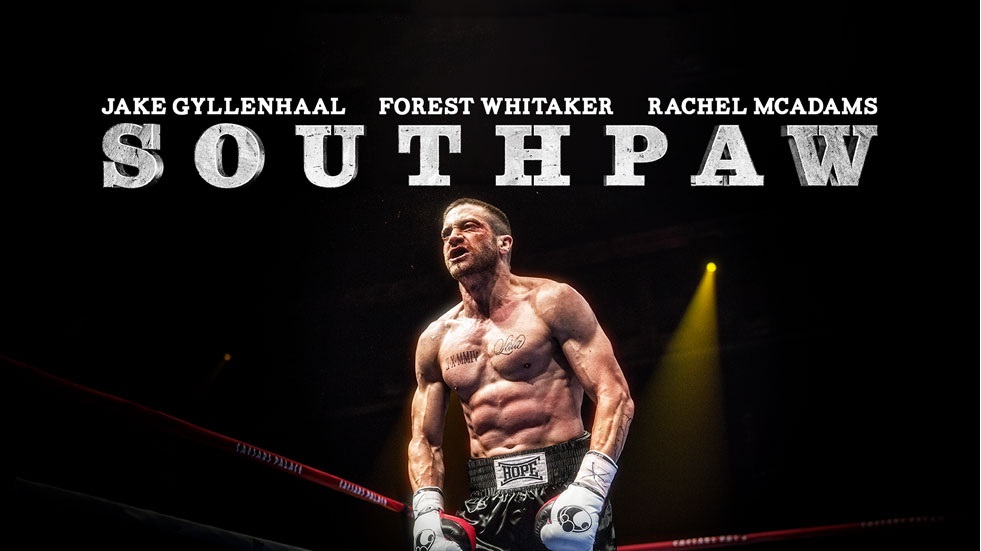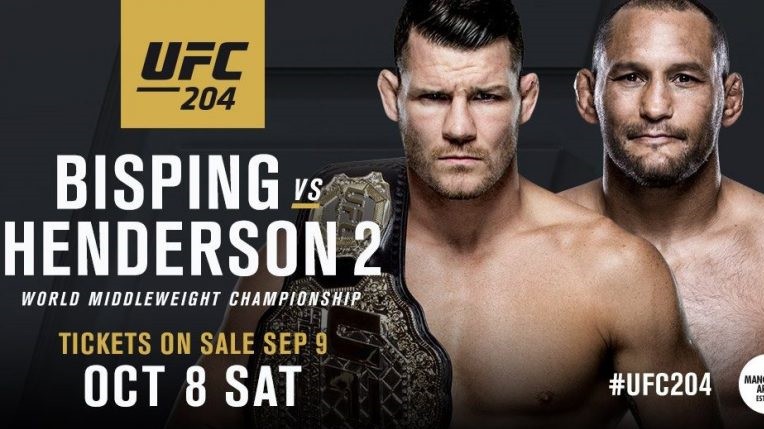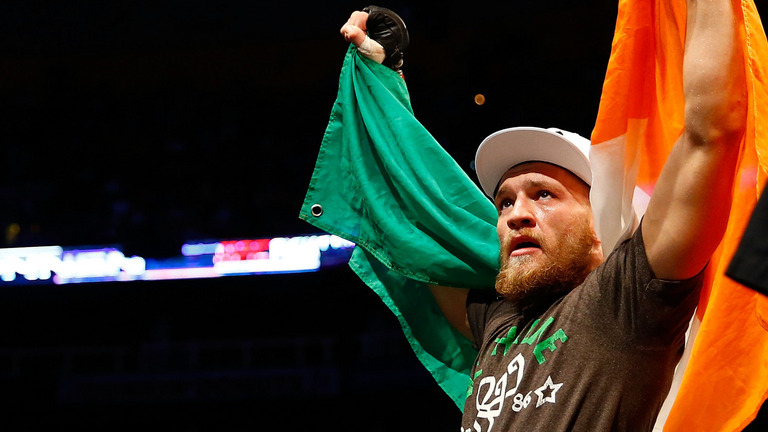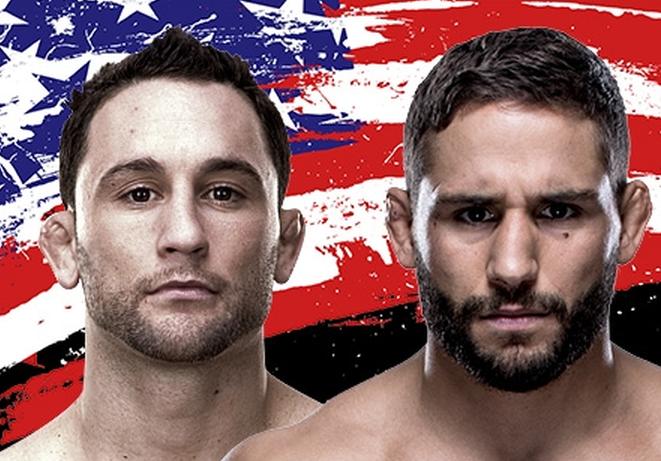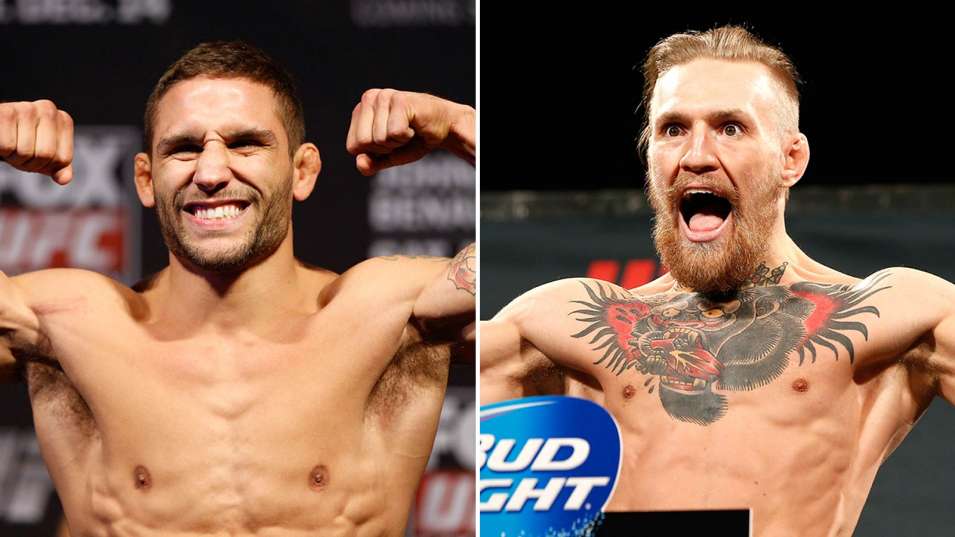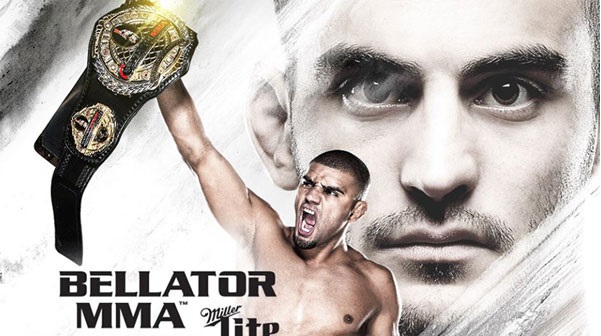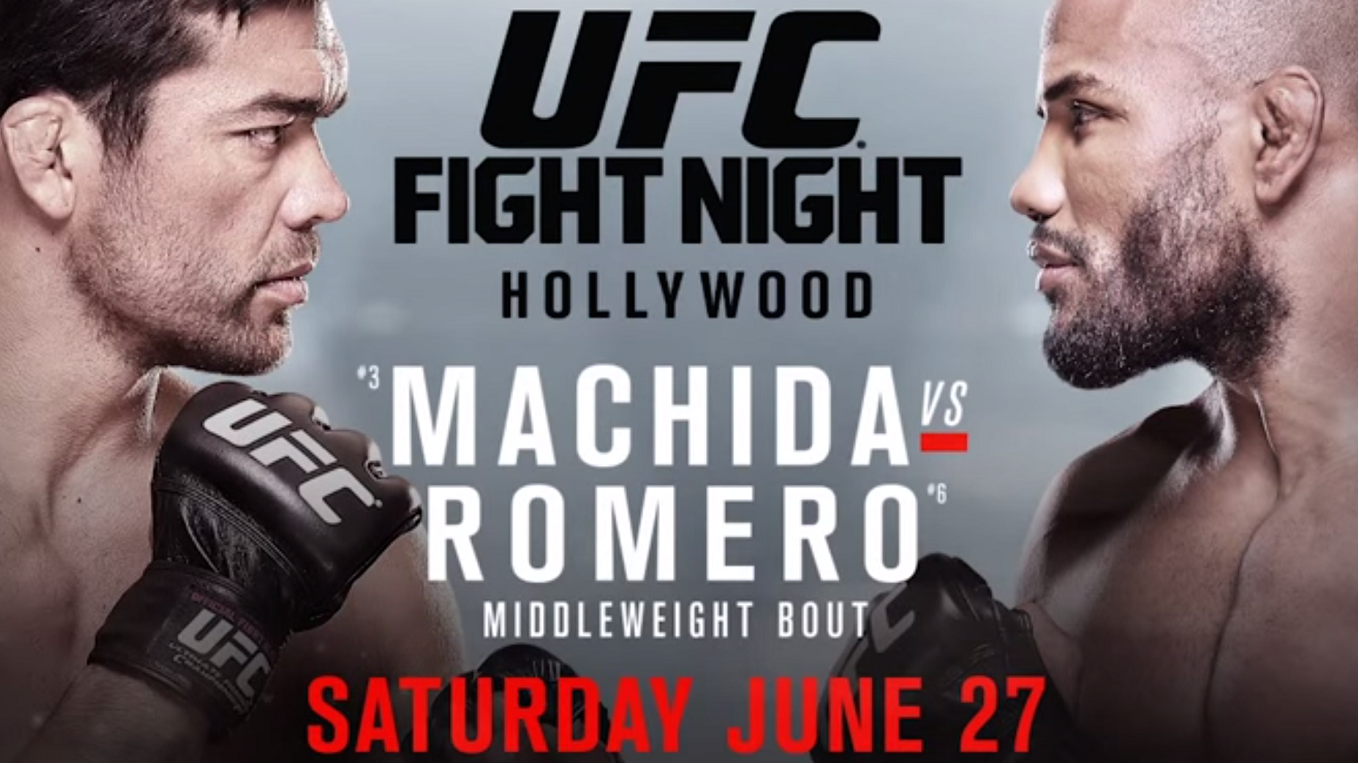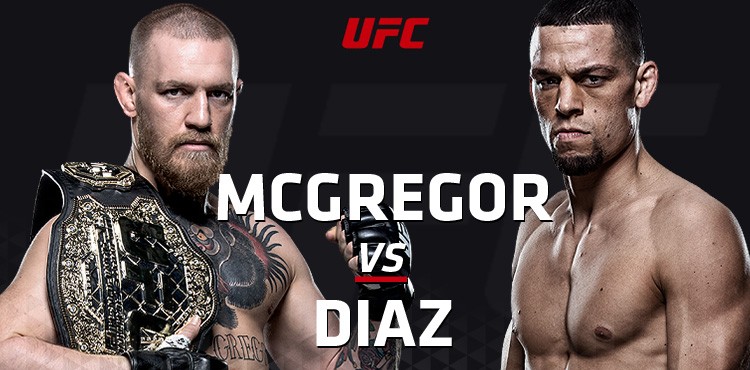
The Conor McGregor vs. Nate Diaz fight happening at 170 lbs is a little weird but I’ve been looking forward to this match up ever since young Diaz gave the censors a heart attack after his last win.
The fact is that we don’t know a lot about McGregor’s weaknesses; we just have guesses.
The most accurate guess is that he’s still not a great ground fighter. Chad Mendes timed him beautifully to get him to the ground despite only a 2 week camp, and his long stance makes it far easier to grab the single leg. But with Frankie Edgar being denied fair chances and Rafael Dos Anjos injured, it appears this isn’t a weakness we will see tested.
I would like to put forth another guess though: range.
McGregor is, for all intents and purposes, an outfighter. Sure his style is flashy but every bicycle kick and taunt is to bait his opponents into whiffing before eating a left hand for their troubles. It’s a lethal combination of skill, athleticism and build that produces stunning knockouts. Against Nate Diaz he gives up height and reach, both which render his favorite style useless.

I am of the opinion that being a short counter fighter is the far more difficult role.
(Note: I will be using “shorter” as the opposite of “longer” NOT “taller”)
Reach isn’t a definitive, insurmountable deficit but the shorter fighter always starts out at a disadvantage. Just like a ground specialist who must start a fight on the feet, the shorter fighter will start out at a distance advantageous to his lengthier opponent. Every time fighters want a “break” after exchanging, they usually step back which immediately puts the shorter fighter out of range. Most neutral referee resets puts the fight back into the longer fighter’s distance.
Anderson Silva, Dominick Cruz and Conor McGregor are different fighters but their counter game falls into a simple but effective pattern; let the opponent swing, lean or slide out of range and return fire. It is relatively low risk, high reward strategy because even if the longer fighter misses their opponent must close the distance before swinging allowing time to recover and defend.
A shorter fighter has none of these luxuries.
“Taking turns” simply isn’t an option; they’ll almost always whiff. If you want to see what that looks like, watch Sean Sherk desperately swing at BJ Penn after the latter had finished lighting him up. Sherk is an athletic freak with lightning quick hands but waiting a split second to counter allowed the champion to bust him up at will.
All short counter fighters face the same 2 major issues:
1) There is always a range at which they can be hit, but they cannot return fire
If you have a shorter reach than your opponent, there will never be a range at which you can hit them but they can’t hit you. Sure if you get inside their reach you’ll be more effective, but there’s never a “zero danger” zone when you strike. Shorter fighters in general take a lot of punishment in comparison to their longer counterparts of equal skill.
To compensate for this disadvantage, the shorter fighter must cover the distance and strike. This shortens the window for an effective counter considerably.
2) The disadvantages that come with being shorter don’t disappear during a counter attack
Too slow on the draw and your opponent will simply nail you with the strike you intended to counter in the first place. Too trigger happy and the opponent will feint to draw out the counter which will at best make you look stupid and at worst leave you defenseless against return fire.
Watch the first round between Jordan Mein and Thiago Alves to see this in action. Alves is an adept counter fighter (as the first round of his subsequent bout with Carlos Condit showed) but found himself biting on feints and eating counters himself. Mark Hunt, praiseworthy counter fighter as he was, gassed himself swinging at every feint Stipe Miocic threw which set up easy takedowns.

Pure counter fighters are getting rarer not only because MMA demands being able to initiate your offense, but because the business model simply isn’t kind to fighters only sit back and wait for their opponent. As a result most “counter fighters” are just fighters who are offensively dexterous enough to deal damage on offense and defense.
The only short ones that I can come up with (granted I did this on a plane ride) are Igor Vovchanchyn, Mark Hunt, LHW Lyoto Machida, Frankie Edgar, Uriah Faber and John Dodson. But each of the men on that list has talents and skills to overcome the obstacles of their build.
Igor and Hunt possessed obscene power, great timing and deceptive hand speed which often times allowed them to condense the “closing distance” and “striking phase” into a single, faster process and make every shot count. Machida allows his opponents to close the distance for him before leaning in to counter, essentially luring them out of position into his wheelhouse. Edgar, Faber and Dodson are a unique combination of exceptional footwork and hand speed (Dodson being the fastest, Faber the hardest hitting, Edgar the best balance).
Does Conor McGregor have these skills in him?
He and Diaz are both southpaws, so the opportunity for a southpaw cross counter is there. It doesn’t hurt that McGregor is as good at leaping in as he is at leaping out, so he has the athleticism to cover the distance. It’s not that simple of course; Michael Johnson was faster than McGregor and even he had a hard time getting past the long straight punches of Diaz.
I also wonder how well McGregor’s punching power transfers up two weight classes.
McGregor hits hard, but he doesn’t have that “one hit quitter” power. His knockout of Aldo was a perfect counter (blindsiding the champion as he leaned off balance) rather than a product of sheer concussive force.

Most of his finishes are a result of McGregor having the cunning and timing to locate and hit his opponent’s jaw when they least expect it. I can see him stinging and even cutting Diaz (fun fact, the Diaz brothers constitute about 4% of the total scar tissue in the human population) but I’m having trouble believing he’d be able to seriously damage him off a counter at 170.
Diaz is solid defensively, but still hittable. Susceptibility to strong wrestlers aside, both Rafael Does Anjos and Josh Thomson proved that it’s possible to win a firefight against him.
But that’s what we’ll be covering (hopefully) tomorrow!
NOTE: I know I am normally a .gif happy writer, as they are incredibly useful for illustrating techniques and strategies but the issue with this website has rendered me unable to. I still enjoy writing, I am trying to learn how to make collages so I can present a series of images instead to produce the same effect.






